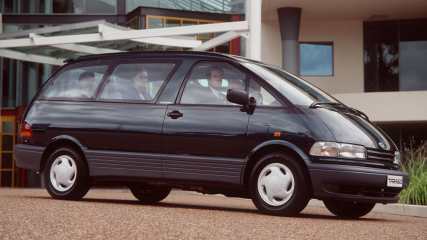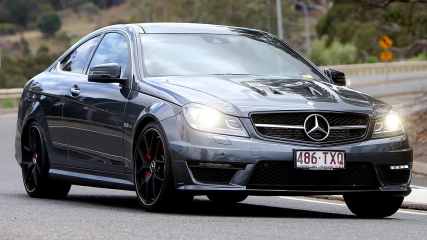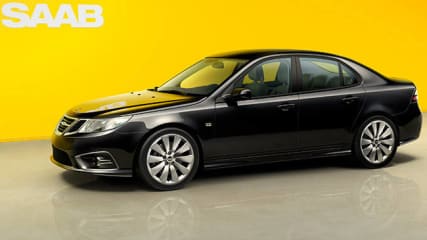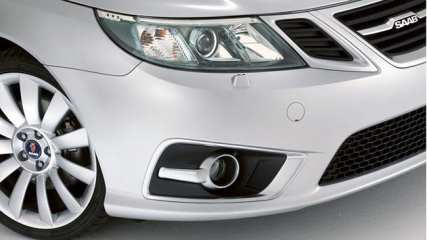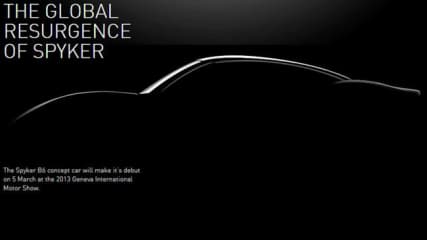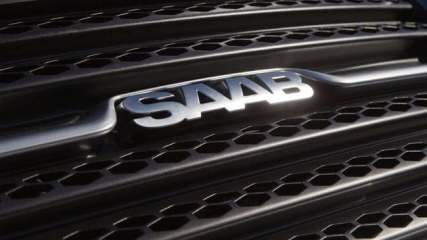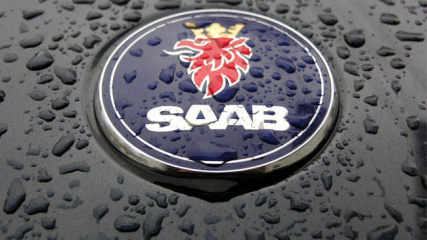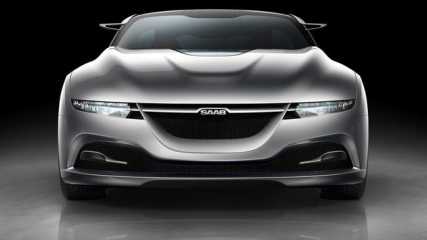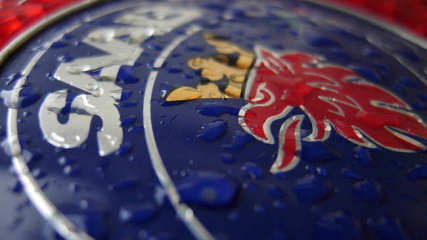Saab warranties won't be honoured
By Neil Dowling · 24 Dec 2011
Australia has 816 Saab owners facing a bleak New Year as all company support and warranty has been dissolved. Saab Australia managing director confirmed that Saab's filing for bankruptcy has frozen all warranties."It's tough times," says Stephen Nicholls. "All warranties have been suspended and we (Australia) are waiting for an outcome from the new administrator of Saab in Sweden."The news is bad for Australian owners compared to those in the US. General Motors - which owned Saab from 1990 to early 2010 - has announced it will honour warranties for the cars built during its ownership.But in Australia, Saab's subsequent owner Spyker in 2010 bought back the warranty book from Holden. "All Australian cars have their warranties covered by Saab - which is a problem,'' Mr Nicholls says.Saab launched its new 9-5 in April and received its last cars from the factory in May. "There have been no new cars from the factory since then,'' Mr Nicholls says. But though bleak, Mr Nicholls says Saab Tooling and Saab Parts - two separate businesses not involved in the bankruptcy of Saab Automobiles - are both profitable and are continuing to trade.``We are still able to source parts because there's an agreement to supply components for up to 10 years,'' he says. "We can't say 100 per cent of the parts are available, but it's certainly the majority.''Mr Nicholls says that though the news from Saab is hardly festive, there was a glow of optimism surrounding the future of the quirky Swede. ``It's not over till it's over,'' he says. ``We're still optimistic on news that there could be parties willing to invest in part or all of Saab.''In Europe last night, the CEO of Saab parent company Swedish Automobile, says there were ``parties out there that have expressed an interest to pursue a possible acquisition of Saab from bankruptcy''. The CEO, Victor Muller, says: ``Although this may seem like the end, it is not necessarily so.''He said it was now up to receivers appointed to oversee the bankruptcy process to judge such offers. Saab's bankruptcy filing this week came after the company had been deserted by two Chinese companies that proposed a long-winded and complex buy-out of the homeless carmaker.The buy-out was rejected by shareholder - and former owner - General Motors who argued that all its vehicle technology and intellectual property would be transferred into Chinese hands. SAAB'S ROLLMOP:July 2010: Saab's new owner, Netherlands-based sports-car maker Spyker, says it would sell 50,000-55,000 vehicles in 2010.October 2010: Spyker revised its sales target to 30,000-35,000 vehicles.December 2010: Saab sales for the year are 31,696.February 2011: Spyker plans to sell its own sports-car division to concentrate on Saab.April 2011: Suppliers to Saab halt their shipments because of unpaid invoices. Saab suspends car production.May 2011: Spyker becomes Swedish Automobiles (Swan) and says it has funds from Chinese company Hawtai to restart production. Chinese Government blocks the deal and the deal collapses. Another Chinese carmaker, Great Wall, denies it's interested in funding Saab. Spyker signs a deal with China's Pang Da Automobile Trade Company to give Saab the financing needed to restart production and give Pang Da an equity stake in Spyker. Production restarts.June 2011: Saab stops production after only two weeks due to an insufficient supply of parts. The company says it can't pay June salaries to the entire workforce of 3800 employees due to lack of funding. The trade union, IF Metall, gives Saab seven days to pay the employees or face liquidation. On June 29, Saab employees were paid. China Youngman Automobile Group Company and Pang Da announce their intention to buy 54 per cent of Saab for $320 million and finance three new models, Saab 9-1, Saab 9-6 and Saab 9-7.July 2011: Saab announces it is unable to pay July salaries to 1600 white-collar workers. However, the entire blue-collar workforce is paid on July 25. Trade union Unionen says that if Saab did not pay the white-collar workers within two weeks, Unionen will force bankruptcy. European Investment Bank says it will reject the request from Vladimir Antonov to become part-owner of Saab. August 2011: Saab pays the salaries of white-collar workers through an equity issuance from US capital investment group Gemini Fund in exchange for five million shares in Saab. The Swedish Enforcement Administration states it has more than 90 claims of $25 million against Saab for non-payment of debts. Swan announces Saab loss is $2.5 million for the six months of 2011.September 2011: Saab petitions the Swedish court for bankruptcy protection, the second time in less than three years, to stave off creditors while Youngman and Pang Da proceed with buy out plans. The Swedish courts reject Saab's bankruptcy petition, doubting that it could secure the necessary funding. Two workers' unions submit applications requesting Saab be put into liquidation. October 2011: Youngman and Pang Da agree to a joint $140 million takeover of Saab Automobile and its UK dealer network unit from Swan.December 6, 2011: GM announces it would not continue its licenses to GM patents and technology to Saab if the company had been sold to Youngman and Pang Da stating that the new owner's use of the technology is not in the best interest of GM investors.December 11, 2011: Left with no alternatives after GM blocks any Chinese partner, Saab officially files for bankruptcy.
.jpg)
